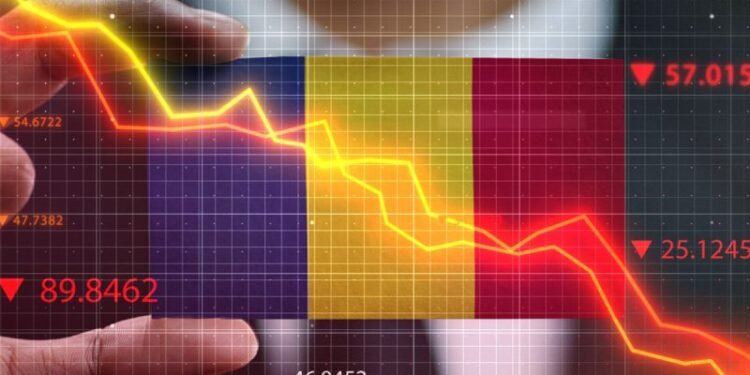Bucharest, (Brussels Morning) –Two huge shocks have been delivered in short succession: the conflict in Ukraine and the economic effect of the COVID-19 epidemic. This has echoed memories of weak growth in the European Union (EU) following the global financial crisis (GFC) and the European debt crisis. Let’s find out about Romania and Western Europe’s Economy.
Romania and Western Europe’s Economy Details
Is the European Union (EU) on track to enter another decade of subpar economic expansion? The short answer is no; this is not always the case. The European Union (EU) and the rest of the world gained wisdom from the policy errors that followed the GFC. Consequently, governments stepped in with firm and unprecedented policy assistance when the pandemic broke out to safeguard earnings despite protracted lockdowns. After this, there was a rapid recovery, and by 2021, the EU had returned to the heights it had reached before the epidemic.
On the other hand, the Ukraine conflict has put a stop to this fleeting resurgence, and the knock-on effects of this conflict continue to have a devastating effect on economies. A high level of inflation and the subsequent tightening of monetary policy due to pandemic support measures, less fiscal flexibility due to these measures, interruptions to trade and financial flows, and a high degree of uncertainty all point to slow economic development. In addition, member states of the European Union (EU) have pledged to make the “green” and “digital” transitions, even though they must also contend with the “structural headwinds” of an ageing population, rising levels of inequality, and stagnating institutional development.
Impact of Key Reforms in Romania
We assess the influence of important changes on these four nations’ growth and convergence prospects over the next decade. These changes are geared toward combating the effects of a declining labour force, promoting inclusivity, upgrading institutions, raising investment, and continuing the digital and green transformations that are now underway. To be more specific, the following are examples of changes that were evaluated under each of the categories:
- To combat a declining labour force, it is necessary to include migrants and raise the retirement age, which may boost the workforce by anywhere from 10 to 40 per cent of the inactive population aged 55-64 in each of the four nations.
- Enhancing inclusion is integrated as an increase in years of schooling to address the learning gaps (as of 2020) with the EU average. This is particularly important for the less well-off since these gaps are often smaller and bigger for this population.
- An increase in the EU fund absorption rate to the level of the best performer in the EU
- An increase in the constructed index of institutional quality from 2020 levels by two standard errors to capture improvements in government effectiveness, the rule of law, and control of corruption. These two goals are part of improving institutions and boosting investment.
- To make headway in the digital and green transitions, it will be necessary to raise expenditure on research and development as a percentage of GDP to reach the national objectives that have been set, in addition to increasing spending on energy and decarbonization.
Read More: AGM-88 HARM: Specifications & Recent Use in Ukraine Russia War
Growth Aspect in Romania
People, not places, are the focus of development. The people of Romania should be the primary focus of any development initiatives implemented in Romania rather than the country’s regions or cities. No matter what you do, there will always be certain areas that grow more quickly than others. This indicates that certain areas will decrease in population, often among the less developed areas, while others will see an increase (usually the leading regions).
If fostering balanced regional development is one of your primary objectives, you should prepare yourself for nearly likely failure. If, on the other hand, your goal is to give as many people as possible access to opportunities, then you will create the right conditions for healthy and rapid development while making better use of the limited resources that the government has available to it if you provide essential institutions (especially public security, education, and health care) and good infrastructure.
Conclusion
This article covers the details of Romania and Western Europe’s Economy improvement. Romania’s proximity to Western Europe, home to the world’s largest economy, gives it a distinct edge over other emerging nations. It should seize this great opportunity by working for even greater European unity. To achieve this goal, it will be necessary to promote the free flow of people within this area and invest in strategic infrastructure (highway links are particularly important in this regard).




